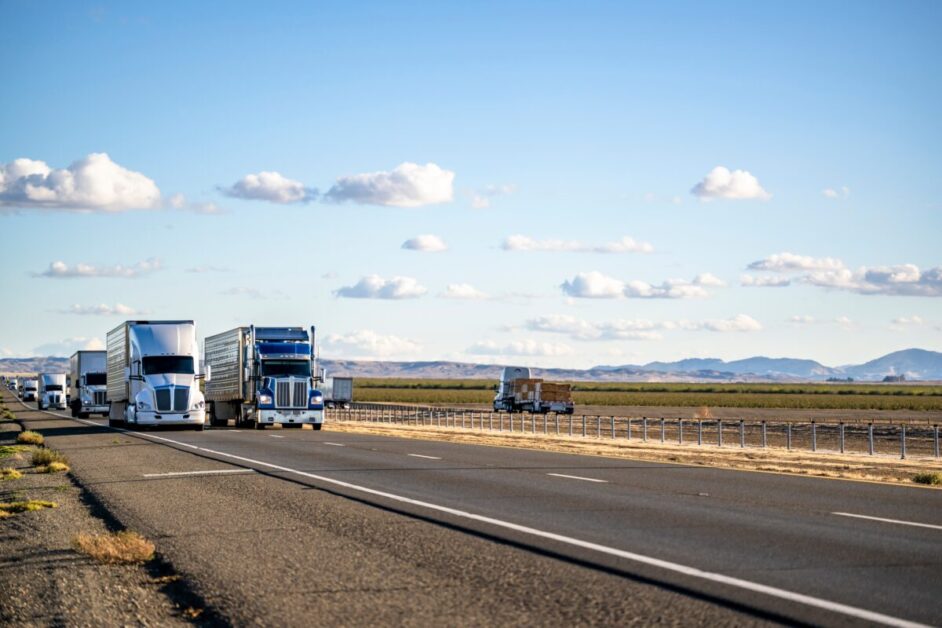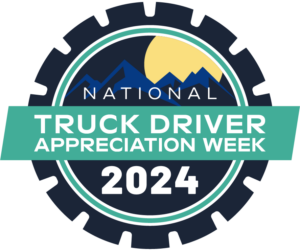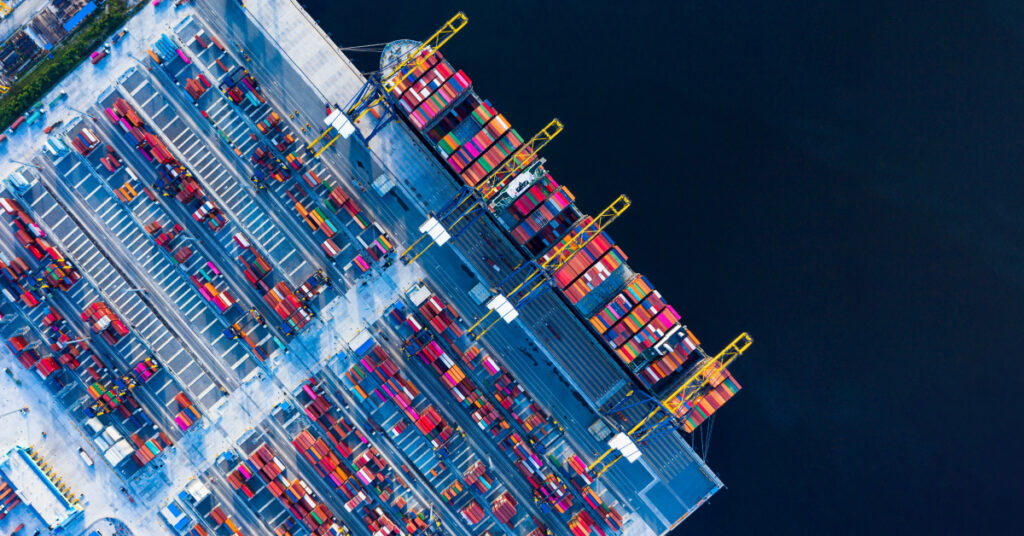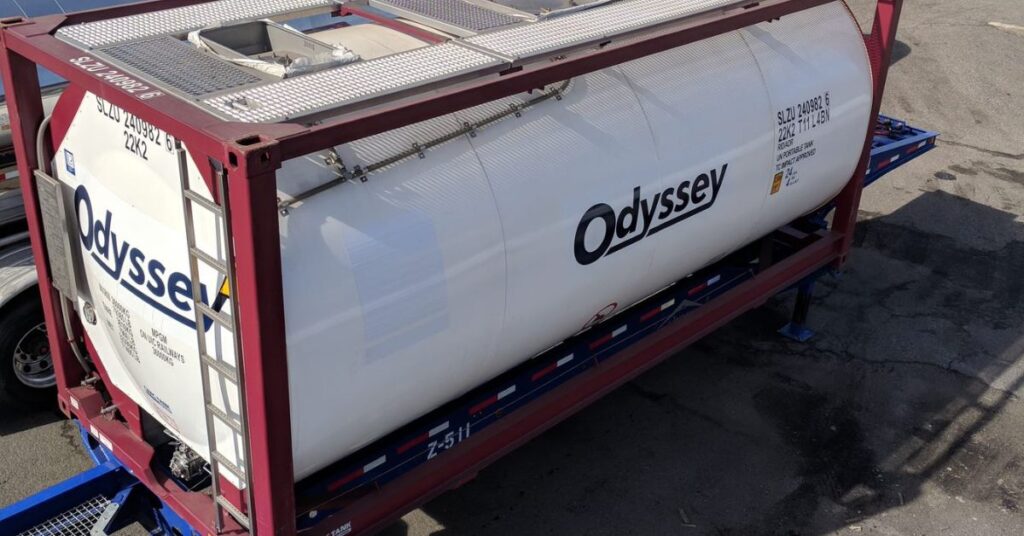On July 19, 2025, significant changes to the National Motor Freight Classification (NMFC) system will go into effect. These updates will impact how freight classes are determined, which could affect your shipping costs and operations. To help you prepare, we’ve rounded up the key changes that are coming and what you can do to manage your operations.
What is changing?
The ultimate goal of these changes is to streamline processes and reduce confusion. The National Motor Freight Traffic Association (NMFTA) is implementing a phased approach, with the first round of changes coming in Docket 2025-1. Here is a summary:
New 13-Sub Density Scale:
- Addition of Class 50 and 55 subclassifications.
- Many single-class items will move to 13-subcategory items.
Over 2,000 Items Impacted
- Out of 5,000 total NMFC items, many will see adjustments.
- You can check out the NMFC Item Lookup Tool (registration required) to see what is included. Shippers can look up their current NMFC item numbers and quickly determine if their NMFC item numbers are included in, and impacted by, these changes.
Why the change?
The current NMFC system is complex and outdated. This reimagination aims to simplify the freight classification process, align classification more closely with actual shipping characteristics, and increase efficiency by making freight classification more accurate on the first try.
How will this affect you?
The impact will vary depending on your role in the LTL industry. For shippers, identifying your freight class will be easier, but you may need to provide handling unit dimensions and weight.
How can I prepare?
We understand that these changes may create uncertainty. Odyssey recommends following the below steps to make sure you’re ready for July 19, 2025.
- Assess your exposure: Check if your commodities are affected Docket 2025 –1.
- Update your Bill of Lading (BOL): Ensure NMFC item numbers, class, and handling unit dimensions are accurate and displayed on the bill of lading.
- Optimize packaging and palletization: Reduce wasted space by adjusting carton and pallet configurations.
- Consider dimensioning technology: Depending on your shipping volume, solutions range from simple tape measures to automated dimensioning systems.
- Communication with your Carriers: Work closely with your LTL carriers to optimize stowability and ensure a smooth transition.
We also encourage you to set up time with a member of the Odyssey team. Odyssey teammates are ready to help you navigate these changes and find a solution that will work for your business.








